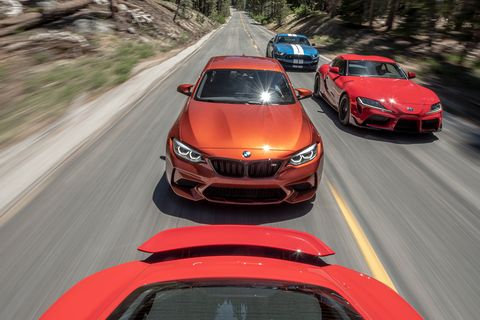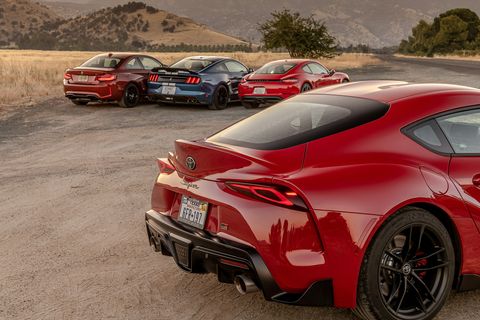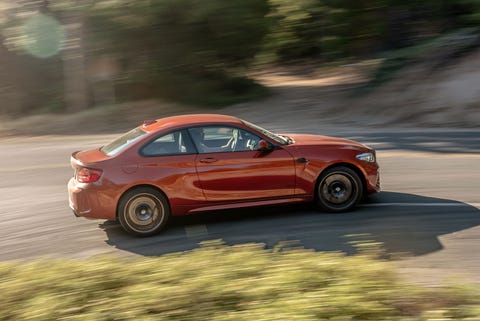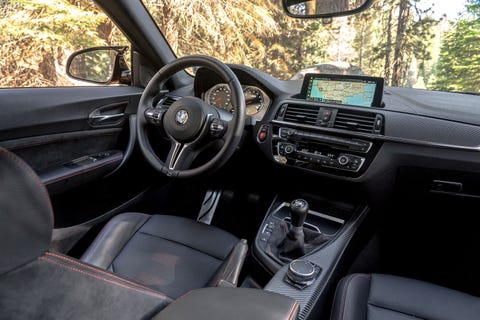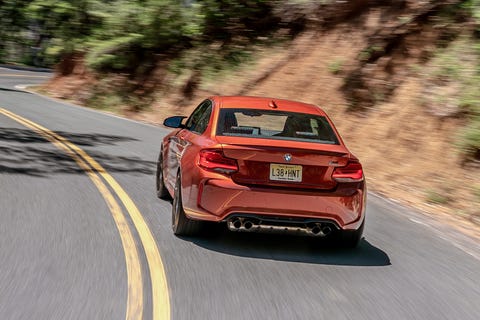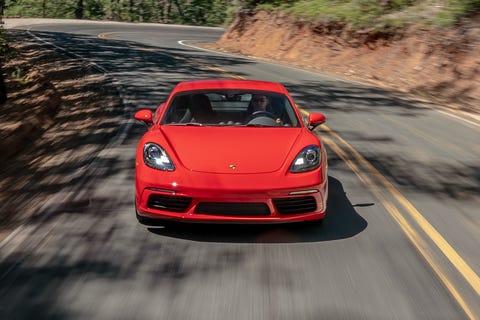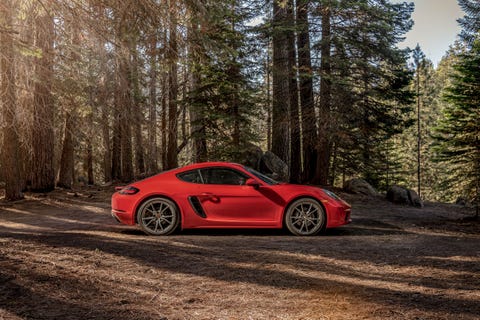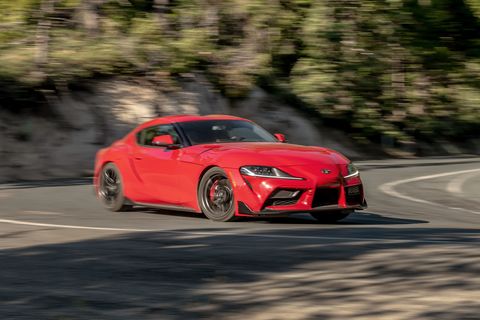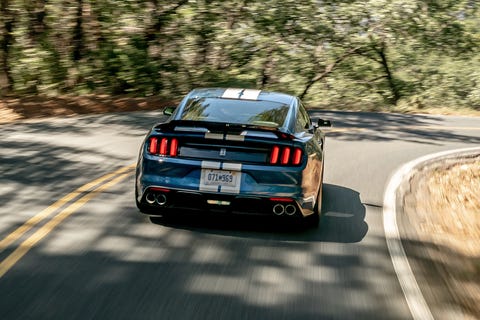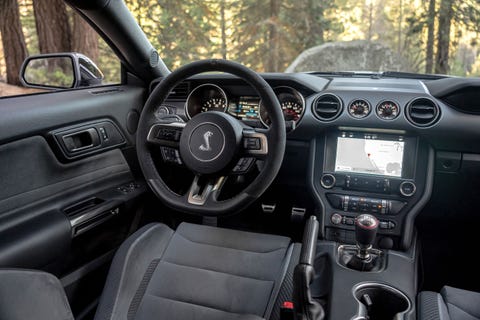Overview
Porsche has successfully filtered engaging driving characteristics into a compact crossover, and the 2020 Macan Turbo represents the model's performance pinnacle. Boasting an attractive design, it manages to look sporty and sophisticated. Its interior has a delightful seating position and numerous personalization options, but its cramped rear quarters aren't great on long trips. Likewise, the Turbo is pricier than lesser Macans that deliver fewer thrills behind the wheel. Still, the quicker twin-turbocharged model is an experience that affluent enthusiasts will appreciate. The Porsche Macan Turbo is easily one of the most visceral crossovers on the market and it earned a spot on our 2020 10Best list.
What's New for 2020?
Porsche facelifted the regular Macan for 2019 and chose to skip a model year before releasing the updated Turbo version for 2020. Along with the massaged appearance and slightly revised interior that debuted with the 2019 Macan, the Macan Turbo receives a slew of newly standard features and an all-new engine. Its twin-turbo V-6 is downsized from 3.6 liters to 2.9, yet horsepower increases from 400 to 434. Porsche claims these performance updates make the 2020 Macan Turbo quicker and faster.
Pricing and Which One to Buy
- Macan Turbo: $84,950
The Porsche Macan Turbo base price is $84,950, which is a substantial $6700 more than the model it replaces. While Porsche hasn't released the price of specific options and packages, historically there are many to choose from and they can quickly inflate the bottom line. Still, there's no reason to invest in a Macan Turbo unless you enjoy its lofty performance limits. We'd recommend adding the available air suspension and Sport Chrono package but skip the carbon-ceramic brakes.
Engine, Transmission, and Performance
Bolted between the Macan Turbo's front fenders is a twin-turbo 2.9-liter V-6 that develops 434 horsepower and 405 lb-ft of torque. It hooks up to a seven-speed automatic transmission that sends power to standard all-wheel drive. While we haven't driven the new Turbo, Porsche claims it'll be quicker than the outgoing model and have a slightly higher top speed of 167 mph. Additionally, it'll feature a standard sport-exhaust system for a burlier sound as well as surface-coated brakes that reduce brake dust and should provide a sharper pedal response. Likewise, every 2020 Macan Turbo gets adaptive dampers and 20-inch wheels; an air suspension and carbon-ceramic brakes are both optional. The last Macan Turbo we tested had a supple ride that was well controlled in Comfort mode and firm in each suspension's Sport mode. Every model we've driven handled exceptionally well, with little body roll and tons of grip. In fact, most of the vehicles in this class have cornering grip that would have done the best sports sedans proud not that many years ago. The Turbo’s steering isn’t quite as communicative as in Porsche’s sports cars—which is about as good as steering gets—but it is quick and very accurate.
Fuel Economy and Real-World MPG
The EPA hasn't announced fuel-economy ratings for the 2020 Macan Turbo, nor have we tested its real-world mpg.
Interior, Comfort, and Cargo
The Macan Turbo’s cabin is noticeably tighter inside than every single competitor. The charitable way of looking at this is that it provides a cockpitlike feel up front thanks to its wide, angled center console and well-bolstered sport seats, but there’s no good light that can be shed on the cramped back seat. With its sharply sloped rear window and shallow cargo hold, the Macan Turbo unsurprisingly takes up the rear of this pack in cargo volume. What space is back there behind the second row of seats is surprisingly useful, however, swallowing six carry-on bags behind the rear seat. But folding the Porsche’s second row reveals markedly less stowage area for carry-ons (16 total) than in key competitors—an issue that overlaps with its tight back seat.
Infotainment and Connectivity
Every Macan Turbo boasts a 10.9-inch touchscreen infotainment system that includes a subscription-based Wi-Fi hotspot. Likewise, the system features a standard 14-speaker, 665-watt Bose audio system. Desirable infotainment options include a wireless-charging pad within the designated smartphone compartment.
Safety and Driver-Assistance Features
The 2020 Macan Turbo hasn't been crash-tested by either agency that conducts these evaluations. However, the Porsche is available with a host of driver-assistance technologies. Key safety features include:
- Available forward-collision warning and automated emergency braking
- Available lane-departure warning and lane-keeping assist
- Available adaptive cruise control
Warranty and Maintenance Coverage
There’s nothing turbocharged about the Macan Turbo’s warranty, which boasts class-standard limited and powertrain coverage.
- Limited warranty covers four years or 50,000 miles
- Powertrain warranty covers four years or 50,000 miles





























